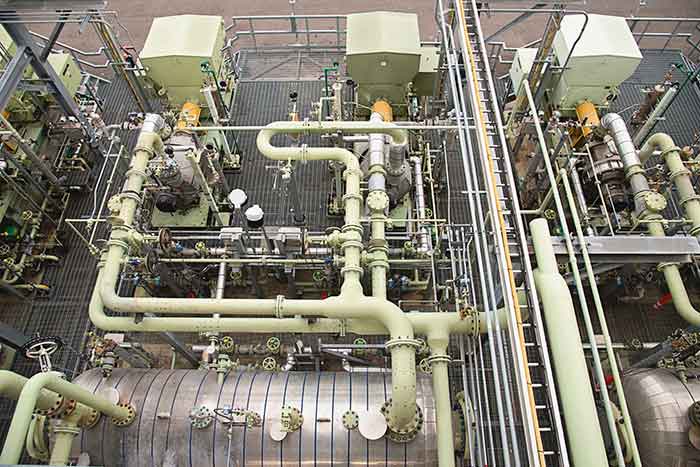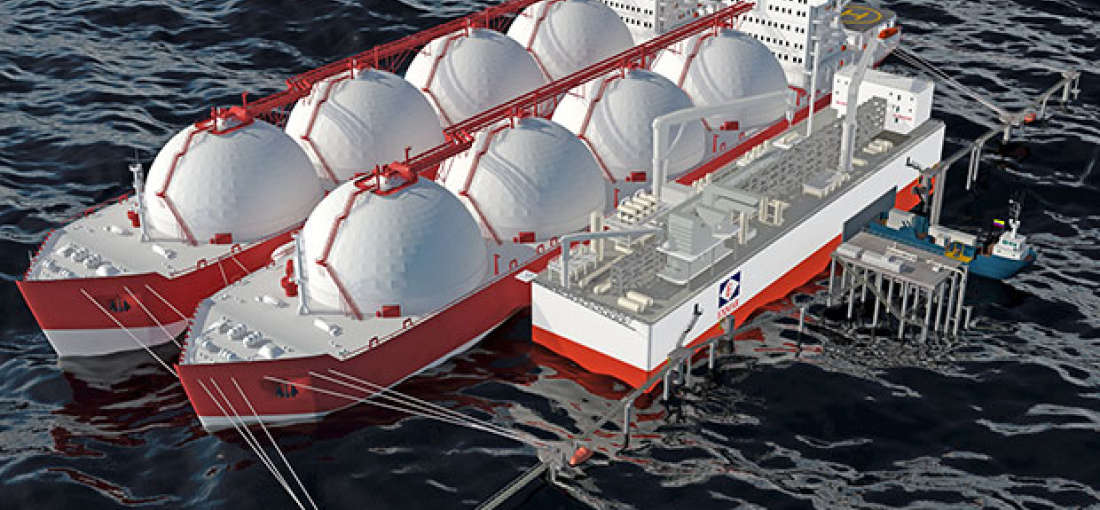Flare Gas Recovery Systems are installations put in place at oil and gas facilities to collect and process waste gases from industrial flaring processes and conserve them for productive use or safe disposal. They recover flare gas emitted during emergencies, plant shutdowns, and other irregular operating conditions at sites such as petrochemical complexes, oil refineries, natural gas processing units, and pipelines. Recovered gases are recycled via gas pipelines or compression and reinjection methods. Flare gas recovery helps avoid environmental pollution from flaring and assists in sustainably managing precious natural gas resources.
The global Flare Gas Recovery Systems Market is estimated to be valued at Us$ 4.53 Bn in 2024 and is expected to exhibit a CAGR Of 11% over the forecast period 2024 To 2031, as highlighted in a new report published by Coherent Market Insights.
Market Dynamics:
The growing need for conserving natural gas resources acts as a key driver for the Flare Gas Recovery Systems Market Demand. According to estimates, around 150 billion cubic meters of natural gas globally goes unused through flaring annually, resulting in both environmental and economic losses. Recovering this flare gas helps utilize it constructively rather than wasting it, supporting energy efficiency and sustainability goals. Additionally, increasing governmental initiatives and regulations against routine flaring and venting at oil and gas facilities are further propelling the adoption of flare gas recovery systems across various regions. For instance, countries like Russia and Norway have imposed strict no routine flaring policies to reduce natural gas wastage from operations.
Segment Analysis
The flare gas recovery systems market is dominated by the hydrocarbon gas recovery sub-segment. This is because flare gas often contains recoverable light hydrocarbons such as methane, ethane, and propane that are environmentally and economically beneficial to recover. Recovering these hydrocarbon gases prevents harmful emissions and generates revenue from captured gases.
PEST Analysis
Political: stricter regulations around emission reduction and carbon footprint are driving demand for flare gas recovery systems across regions. Governments are imposing penalties on facilities for flaring and venting gas.
Economic: recovery and monetization of flare gas translates to sizable cost savings for oil & gas facilities. It also opens new revenue streams from sale of captured hydrocarbon gases. These economic benefits are fueling investments in flare gas recovery systems.
Social: growing awareness about environmental damage from gas flaring is influencing stakeholders in oil & gas industry to adopt greener alternatives like flare gas recovery. This social sentiment favors the market growth.
Technological: advanced digital technologies in flare gas management like IoT, AI, and cloud computing enable remote monitoring and optimize recovery rates. Emerging technologies ensure higher performance of recovery systems.
Key Takeaways
The Global Flare Gas Recovery Systems Market is expected to witness high growth over the forecast period of 2024 to 2031 supported by a projected market size of US$ 4.53 billion in 2024.
Regional analysis indicates North America holds the major share currently due to rising shale gas production and strict regulatory push for emission control in the US. Asia Pacific is anticipated to emerge as the fastest growing regional market led by China, India, and other Southeast Asian countries ramping up investments in oil & gas infrastructure.
Key players operating in the flare gas recovery systems market are GE Healthcare (US), Siemens Healthineers (Germany), Koninklijke Philips N.V. (Netherlands), Block Imaging (US), SOMA TECH INTL. (US), etc. The established industry players are focusing on new product launches and geographic expansion to consolidate their leadership position.
Note:
1. Source: Coherent Market Insights, Public sources, Desk research
2. We have leveraged AI tools to mine information and compile it



